On a sunny afternoon in Palm City, Florida, what should have been a routine personal flight ended in tragedy. The pilot of a Commander 114TC, a sleek, high-performance single-engine aircraft, lost his life when his airplane experienced a sudden loss of power and crashed just north of Naked Lady Ranch Airport. The cause? Still a mystery. Let’s unpack what happened, who was involved, and what we can learn from this heartbreaking accident.
The Pilot: A Seasoned Aviator
The pilot, a 69-year-old man with a private pilot certificate and an instrument rating, had amassed 1,437 total flight hours. He was no novice to the Commander 114TC either, with 168 hours logged in that make and model. He held a valid third-class medical certificate, last renewed in September 2022. By all accounts, he had the experience and qualifications to safely operate the aircraft that day.
A Flight That Started Like Any Other
It was May 21, 2023, around 3:30 p.m. The weather was picture-perfect for flying: clear skies, light winds from the east at 12 knots gusting to 16, and visibility stretching for 10 miles. The pilot was flying under visual flight rules from, and presumably to return to, Palm City. No flight plan was filed, typical for a local Part 91 personal flight.
Eyewitnesses saw the Commander cruising low over the treetops. At first, everything seemed normal. But suddenly, the engine emitted a strange noise—then silence. The aircraft, now powerless, entered a descending turn and crashed into a small ditch about 700 yards north of runway 36 at Naked Lady Ranch Airport. A post-impact fire quickly consumed the cockpit and fuselage, and despite valiant efforts by bystanders, the pilot could not be rescued.

The Wreckage Tells a Limited Story
Investigators found the airplane destroyed by impact forces and fire. Yet, crucially, the control cables were intact and continuous, indicating the pilot retained control authority until the crash. The engine showed no signs of catastrophic failure: compression was good, ignition systems sparked, fuel system components were clear, and no mechanical anomalies were found. Even the turbocharger’s turbine wheels spun freely.
The fuel selector was set to the right tank, and no blockages were found. But due to the extensive fire damage, investigators couldn’t determine how much fuel was on board at the time of the accident.
What About the Pilot’s Condition?
Toxicology tests revealed that the pilot had used a cannabis product at some point prior to the flight. However, no active psychoactive compounds (delta-9-THC) were found in his blood. The NTSB concluded it was unlikely that cannabis impairment contributed to the accident.
The official cause of death was blunt force injuries from the impact—not the fire that followed.

The Final Word from the NTSB
Ultimately, the NTSB could not pinpoint why the engine lost power. The report states:
“A loss of engine power for undetermined reasons, and the pilot’s subsequent loss of control, which resulted in impact with terrain.”
The witness’s description of the descending turn aligns with what we know about aerodynamic stalls. The pilot, facing an unexpected engine failure at low altitude, likely didn’t have time or space to maintain critical airspeed, leading to loss of control before impact.
Lessons for All of Us in the Aviation Community
This accident underscores the importance of preparedness for engine failures—especially at low altitude, where time and options are severely limited. Practicing emergency procedures, including forced landings and maintaining best glide speed, can make all the difference.
It also highlights the sobering reality that even experienced pilots, in well-maintained aircraft, can fall victim to unexplained mechanical failures. While the NTSB found no evidence of fuel starvation or mechanical malfunction, the cause of the power loss remains elusive—a reminder of the unpredictable nature of flying.
Finally, while no impairment was identified in this case, it’s a good moment to reflect on the importance of avoiding any substances that could cloud judgment or reaction time.

Conclusion
A sunny afternoon flight over Palm City turned tragic in a matter of seconds, leaving behind unanswered questions and a somber lesson in the importance of readiness and respect for the unforgiving nature of low-altitude emergencies. Our thoughts remain with the pilot’s loved ones, and we hope that sharing his story will help others fly safer.

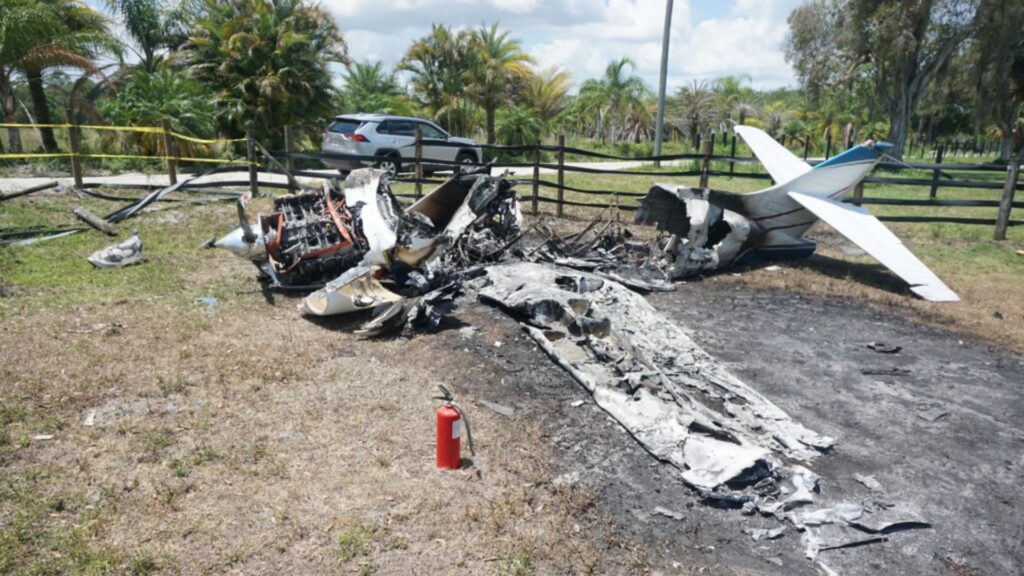



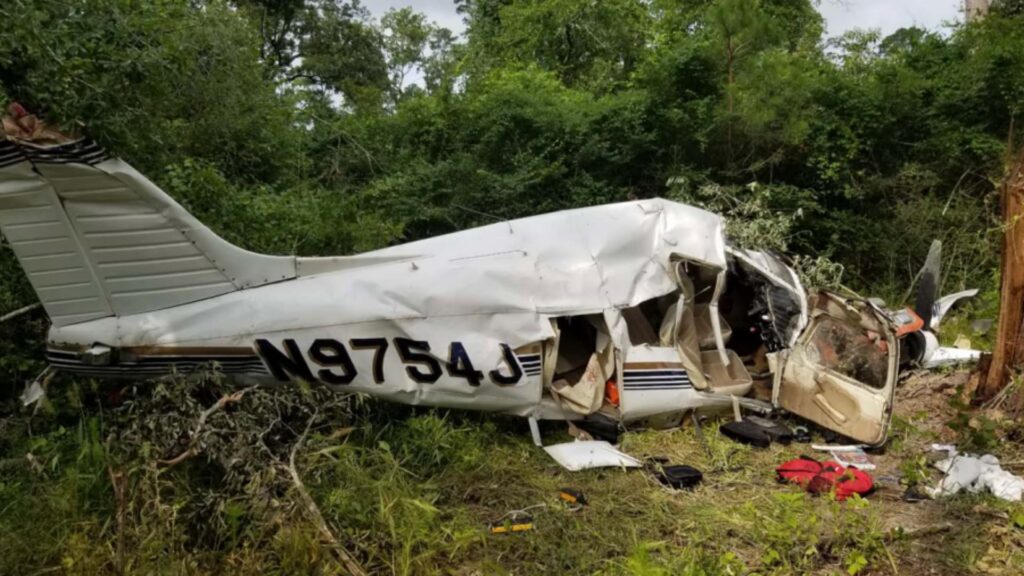
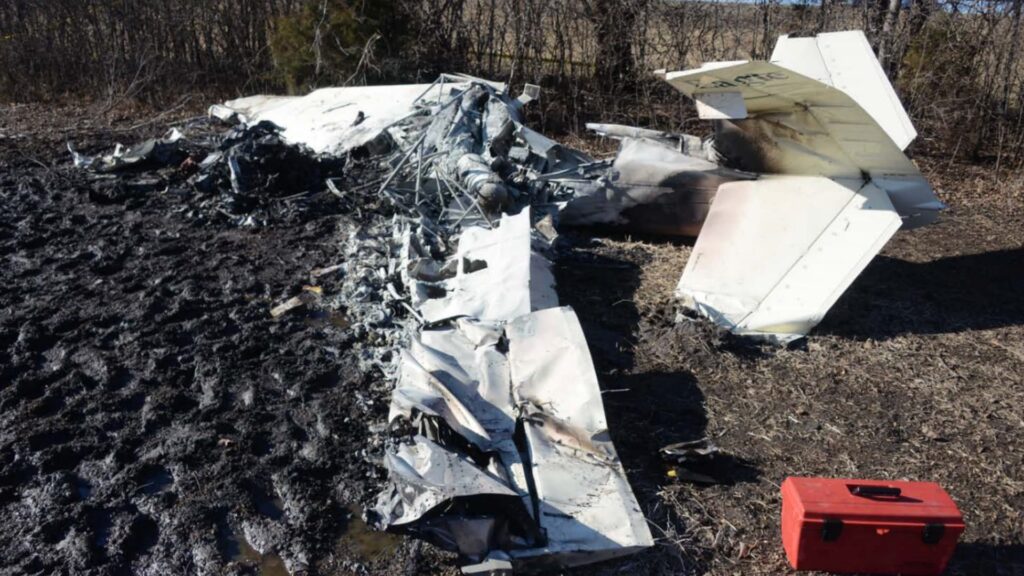
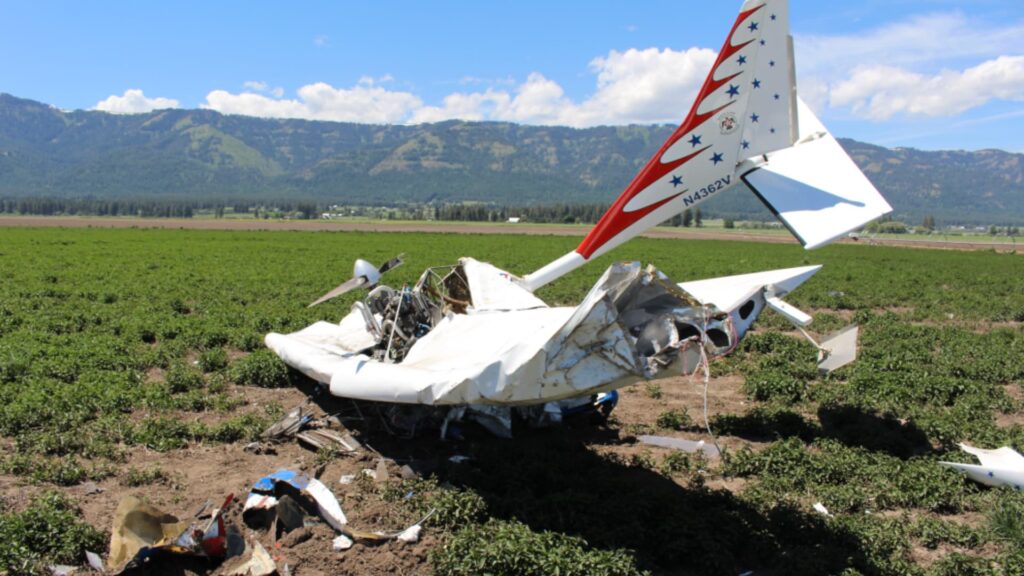
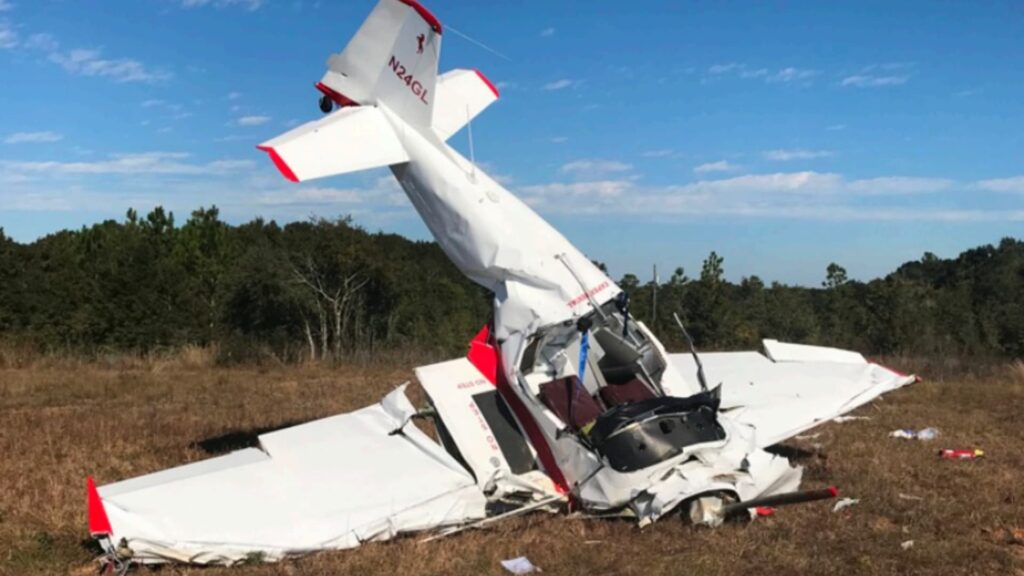
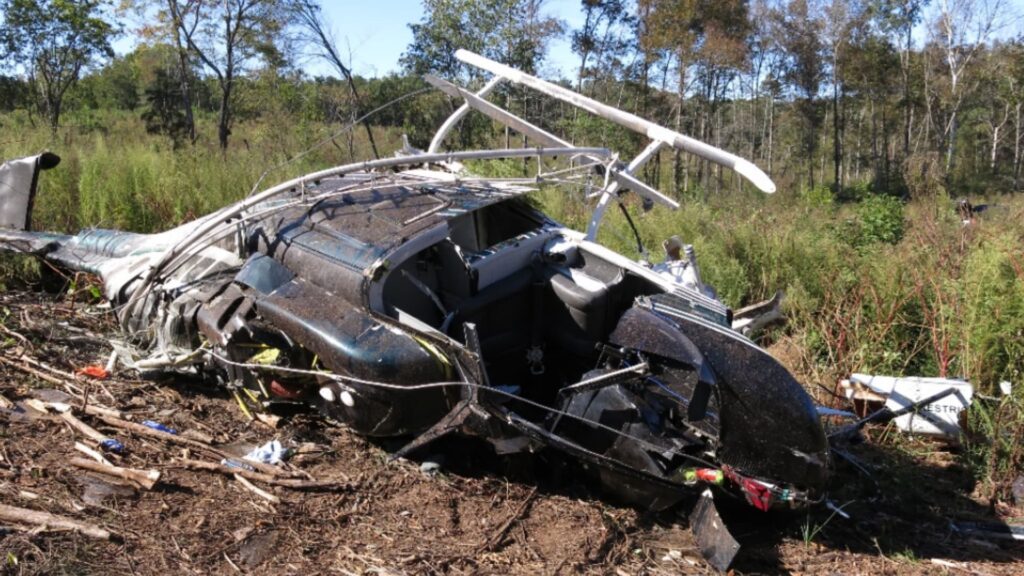
5 Comments
I am a big fan of your relentless study and explanations so sensitively and carefully done . I read your work to inform my motorbike riding and have found so many of your insights and euphemisms extremely helpful . Thank you for the wonderful work you do !
Does everyone in the US aviation community have this seemingly accepted use of what are in the UK, illegal drugs? Or at the very least, highly prized prescription items? Over here, you wouldn’t be able to get a pilot’s license in about 90% of cases I read about here and the prescribing doctor would inform the governing authority for aviation and car licensing. I can’t believe so many older people in particular are imbibing cocaine and cannabis, which I would have expected them to have “grown out of” by the time they became grandparents and decided to learn to fly 😯. I’m just astonished at the toxicology test results you come up with here!
I think we should note the number of Dr’s prescribing some type of cannabis based drug to older adults is growing. I personally had one Dr. prescribe one to me and one other Dr. offer to prescribe to me another cannabis product both prescriptions were for for pain relief. I decided to not take them due to the fact that the are still technically not legal in the US and that they could effect me in ways that I did not want to experience. I expect that since these products are being advertised as reliving arthritis pain that the use in older adults is growing.
Hoover, shares with his readers tremendous insights on safety. Thank you Hoover for your extraordinary work.
Hoover, thank you